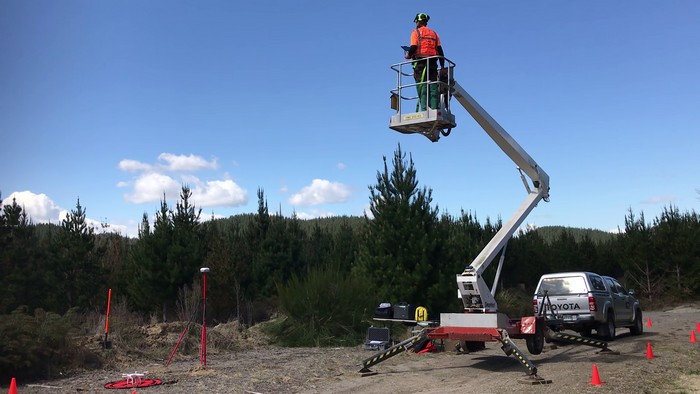Where’s my drone?

Ground-breaking research aims to advance technology in forestry
Forest environments are notoriously difficult for drone (unmanned aerial vehicle – UAV) operations. Aside from the trees themselves, hilly terrain and remote areas provide challenges for drone operators. Add in the complexity of technical and regulatory considerations in a forest environment, operation of UAVs when visual contact is not maintained is considerably more difficult.
A recently published review article showed how these challenges can be overcome using beyond visual line of sight (BVLOS) UAV operations.
There are many applications of unmanned aircraft within planted and indigenous forests. These include wildfire monitoring and suppression, inventory and health assessments of forestry plantations, wildlife research, spraying of herbicides to kill invasive plant species, and dropping poisons and traps for pest control.
UAV operations internationally are governed by aviation rules that restrict their range to areas in which the pilot can maintain visual line of sight with the craft to manage potential risks. The article was authored by Robin Hartley (Scion), Isaac Henderson (Massey University School of Aviation), and Chris Jackson (Jackson UAS Limited). Each author provided their unique contributions of expertise related to forestry, aviation safety, and unmanned aircraft operations.
Lead author Hartley has been researching the area of BVLOS in forest environments for years. Most striking was the absence of solid information that can be found in one place for practitioners or researchers to access, he says.
“Collaborating with Isaac and Chris has been great as between us we have been able to pool our collective resources into an article that will be a very useful starting point for others who are wishing to follow in our footsteps.”
The article emphasises how BVLOS UAV operations help overcome the challenges of operating in the forest environment. Having flown UAVs in a variety of forest environments for more than six years, Hartley has an incredibly good understanding of the frustrations that can come with trying to maintain visual line of sight.
“It is standard practice to do a desk-based assessment of an area, or even a field trip prior to accepting the work to see whether it will even be possible to capture data there with a UAV. “We have experimented with various methods for maintaining visual contact by raising the pilot up into or above the canopy, however, this is not always possible and so BVLOS has always appealed as an effective way to apply UAVs to almost any site.”
The article also outlines the international regulatory environment related to BVLOS UAV operations and some of the technological and operational factors that must be considered when taking a risk-based approach for conducting such an operation.
Massey University’s Henderson says most literature related to BVLOS UAV operations is focused only on technological solutions that may help to safely conduct such operations.
“This article also helps advance the importance of understanding airspace requirements, risk assessment, and human factors related to fatigue, multi-crew operations, training and competency requirements, among others. In this sense, this article appears to be the first to make a holistic appraisal of BVLOS operations.”
